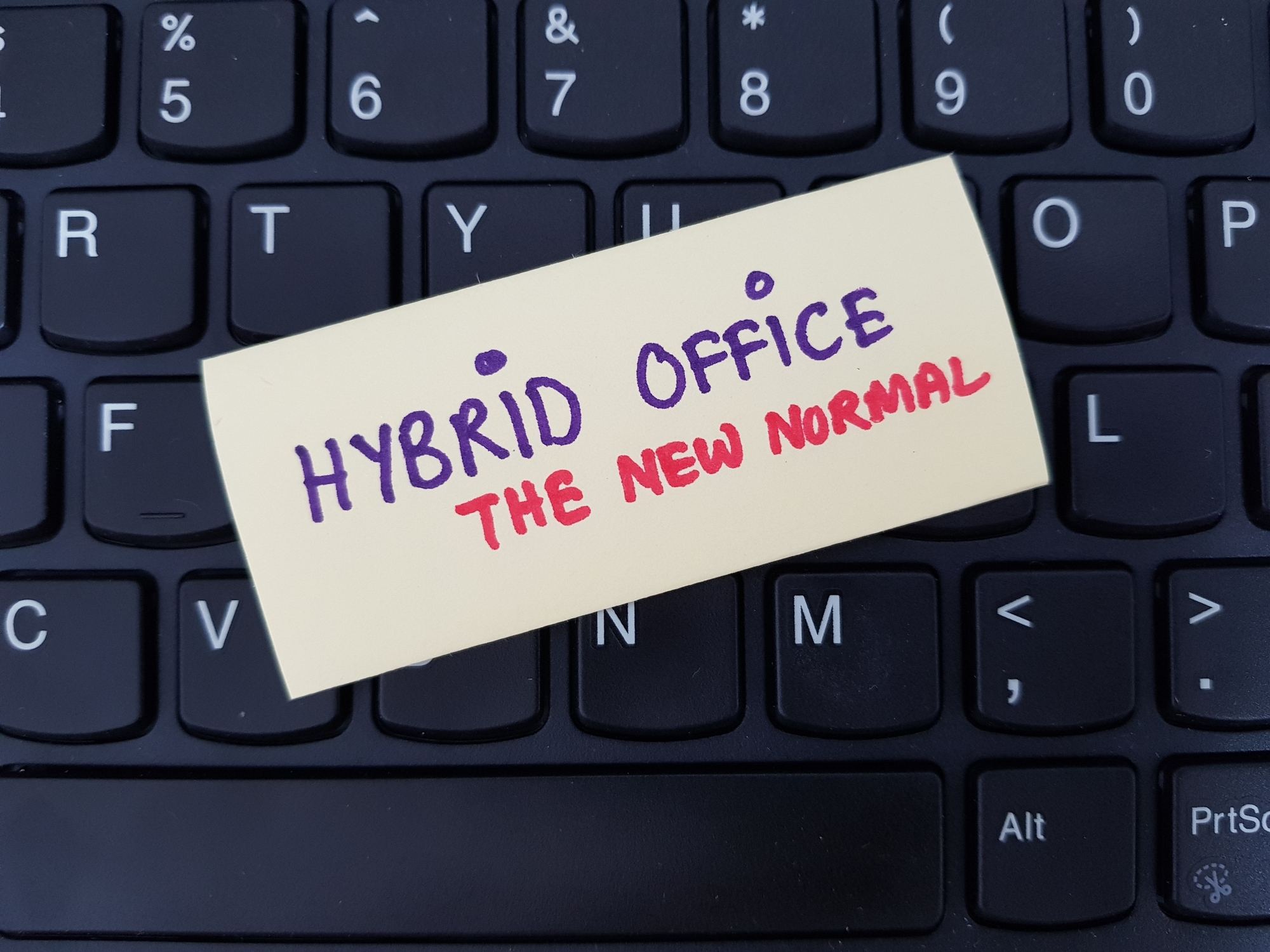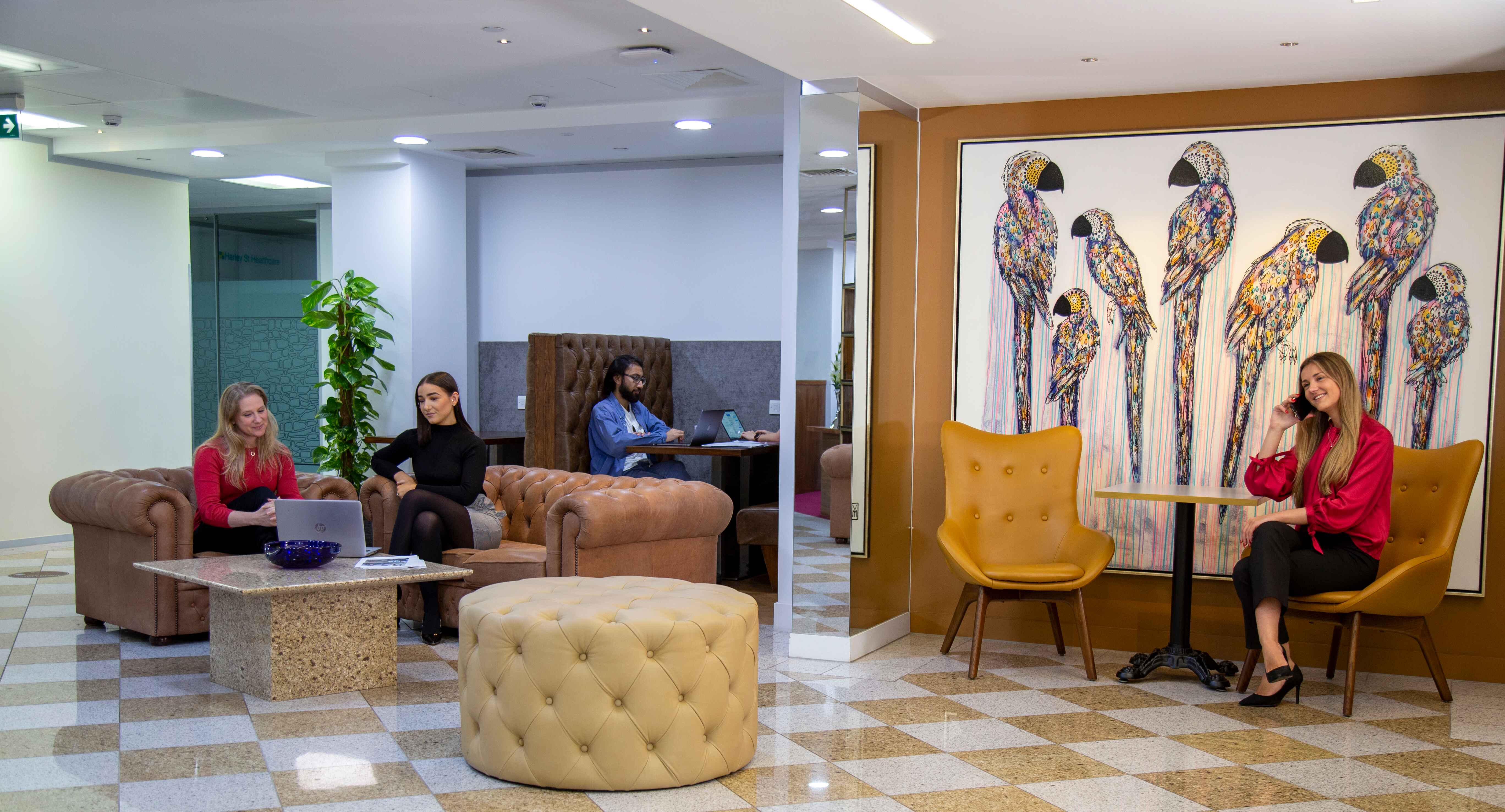Hybrid Work: Why Singaporean Businesses are switching to Flexible Workspaces
By Nicholas Goh

In the Wake of Covid-19, many Singaporean businesses had switched to flexible workspaces to keep their employees safe and their business active. Although Singaporean businesses have now transitioned into living with Covid, flexible workplace arrangements are still being adopted in the primary form of coworking spaces.
This comes as a large proportion of employees have a shift in attitude towards returning to the office and value the flexibility that coworking provides. Most workers now believe that the option of working from home should be normal and that it presents many benefits that a standard office model can’t provide.
Hybrid Working Meaning
Hybrid working is a work model that combines aspects of both remote work and on-site work. This model allows employees to have more flexibility in where they work, which can be beneficial for both employees and employers.
Hybrid working has a range of benefits for employees and employers, which spans across many facets such as improved work-life-balance, cost savings, employee retention and more.
Why is Hybrid Work in High Demand?
There are many reasons why hybrid work is in high demand.
The severity of the pandemic was the first reason which forced many businesses to reevaluate their work model and shift towards a predominantly hybrid structure. Businesses which were unable to accommodate the hybrid work model because of technological limitations had struggled to stay afloat and had either temporarily or permanently shut down. Upon the easing of Covid restrictions, hybrid work was the most common way businesses sought to encourage employees back into the office.
Hybrid work is also in high demand as workers are placing a strong emphasis on their psychological wellbeing. Work that doesn’t provide employees job satisfaction and account for their happiness is no longer desired to the point where workers will quit or not accept a job. This trend derived from the pandemic where people struggled with isolation and mental health, along with many workers which became unemployed because of Covid.
Another reason for its uptake is that employees feel valued. By providing workers the flexibility to work at their choice of location and time, employees have the option to perform their tasks when they are the most productive.
Benefits of Hybrid Work
The benefits of hybrid work is a vast list but here are the most notable ones.
Increased productivity: As mentioned earlier, workers have the liberty to choose what time they work and have a balance between home and office hours. Through this, employees will feel refreshed and tackle tasks at a time where they feel most productive.
Better work-life-balance: Arguably the biggest benefit for employees is having more time to do non-work related tasks. Lunch breaks present an opportunity to complete a few chores and with commuting being remove people have extra hours which they can allocate towards other things. Having more sleep and time towards non-work related things provide a breath of fresh air whilst reducing stress.
Businesses save money: If a hybrid work roster is managed correctly, then costs can definitely be saved. Businesses can reduce the amount of space, equipment and furniture they require. This leaves them with the option to lease a smaller office which will consume less electricity. Computers, stationery and other resources all add up as a noticeable cost overtime and by having less you save money.
Employee retention: This benefit closely ties in with saving money, however businesses will notice employees are more likely to stay with the company if offered hybrid work.
Employees save money: Businesses aren't the only ones saving money from hybrid work. Based on the average commute, most people spend well over one thousand dollars per year to travel to work and return home. Hybrid work has the potential to split this in half and help workers better cope with rising inflations.
How to Implement a Hybrid Work Space
Coworking spaces are a type of flexible workspace which are globally trending. In 2019, Singapore was recognised as one of the cities with the largest growth of coworking spaces across the globe.
Although there are plenty of options available, selecting the right coworking space is crucial as not all provide the same benefits. Here’s an example of how Servcorp coworking can enable a hybrid work environment.
Location: Businesses can choose from a wide range of powerful locations across Singapore’s business district. In turn, people can register their business at these addresses and utilise them on their websites, business cards and other marketing material. Business owners and their employees are also given access to every Servcorp location. So whether they’re travelling domestically or internationally, they will always have a professional environment to work from.
Receptionist: Every coworking member is provided a local landline number and a dedicated bilingual receptionist to answer your work calls. These calls are answered as instructed by the coworking member and saves businesses the cost of employing one themselves. Businesses also have access to secretarial support which can assist across a range of tasks.
I.T. Support: Every coworker has access to in-house I.T. support. The I.T. team support coworkers with any technical issues and assist in setting up custom Wi-Fi connections based on security demands.
Overall, these three primary amenities enable business owners to safely let their employees work in hybrid conditions. By having the right technology and professional environment in place, hybrid work can seamlessly become a part of your business.





